by Michael Haskew
A century after the bloody Battle of the Somme of 1916 left at least 1.2 million British, French, and German soldiers killed, wounded, or captured, General Douglas Haig, commander of the British Expeditionary Force, remains one of the most controversial generals to emerge from World War I.
[text_ad]
While Haig indeed planned and executed the primarily British thrusts against well entrenched German positions along the River Somme to relieve pressure on the French, who were heavily engaged with the Germans at Verdun, some believe his actions at the Somme were justified in light of the mission. Others believe that he displayed tremendous ineptitude with tragic results – the British Army sustained more than 60,000 casualties on the first day of the Somme offensive, making July 1, 1916, the bloodiest day in British military history.
A “New Year’s Gift” From George V
By the time he succeeded Sir John French as the senior British commander on the European continent, Haig was already a combat veteran, leading troops in the Boer War and commanding an infantry corps during the opening months of World War I. His family owned the Haig & Haig distillery company, famous to this day for its Scotch whiskey. He graduated first in his class at the Royal Military Academy at Sandhurst and served several years with the army in India.
During the Somme offensive, French Field Marshal Joseph Joffre warned that his army would cease to exist as an effective fighting force due to the terrible carnage at Verdun if the British halted their attacks. Haig responded to the continuing French demands, despite little territory gained and horrific casualties, by prolonging the Somme operations until November. On January 1, 1917, he was promoted to the rank of field marshal and received a note from King George V that read, “I hope you will look upon this as a New Year’s gift from myself and the country.”
Haig continued to serve during the war and directed the Passchendaele offensive in Flanders the following year. Allied casualties topped 250,000 in that terrible campaign. The toll of dead and wounded at Passchendaele was particularly high among Canadian troops, and it is said that Canada gained a measure of its national identity as its soldiers were sacrificed in the ordeal.
Unequal To His Task?
Overall assessments of Haig’s command capabilities have run the gamut, from praise as the general who won the Great War to vilification as an incompetent commander who failed to grasp the killing capacity of modern battlefield technology. To some, he has simply become known as the Butcher of the Somme. During his command tenure, some two million Allied soldiers were lost.
Haig died at the age of 66 on January 29, 1928. He was given an elaborate state funeral and was remembered for his service in war and for his concern for veterans during the peace that followed. His conduct was criticized both during his lifetime and after his death. In 1926, future British Prime Minister Winston Churchill wrote that the Somme was a “welter of slaughter,” while former Prime Minister David Lloyd George said bluntly in his 1936 book War Memoirs that Haig was “intellectually and temperamentally unequal to his task.”
The absolute verdict of history may never be rendered. Observers continue to form their own opinions and draw their own conclusions about Field Marshal Douglas Haig, the man and commander.
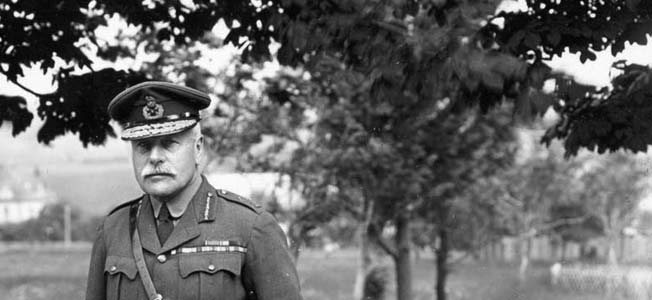
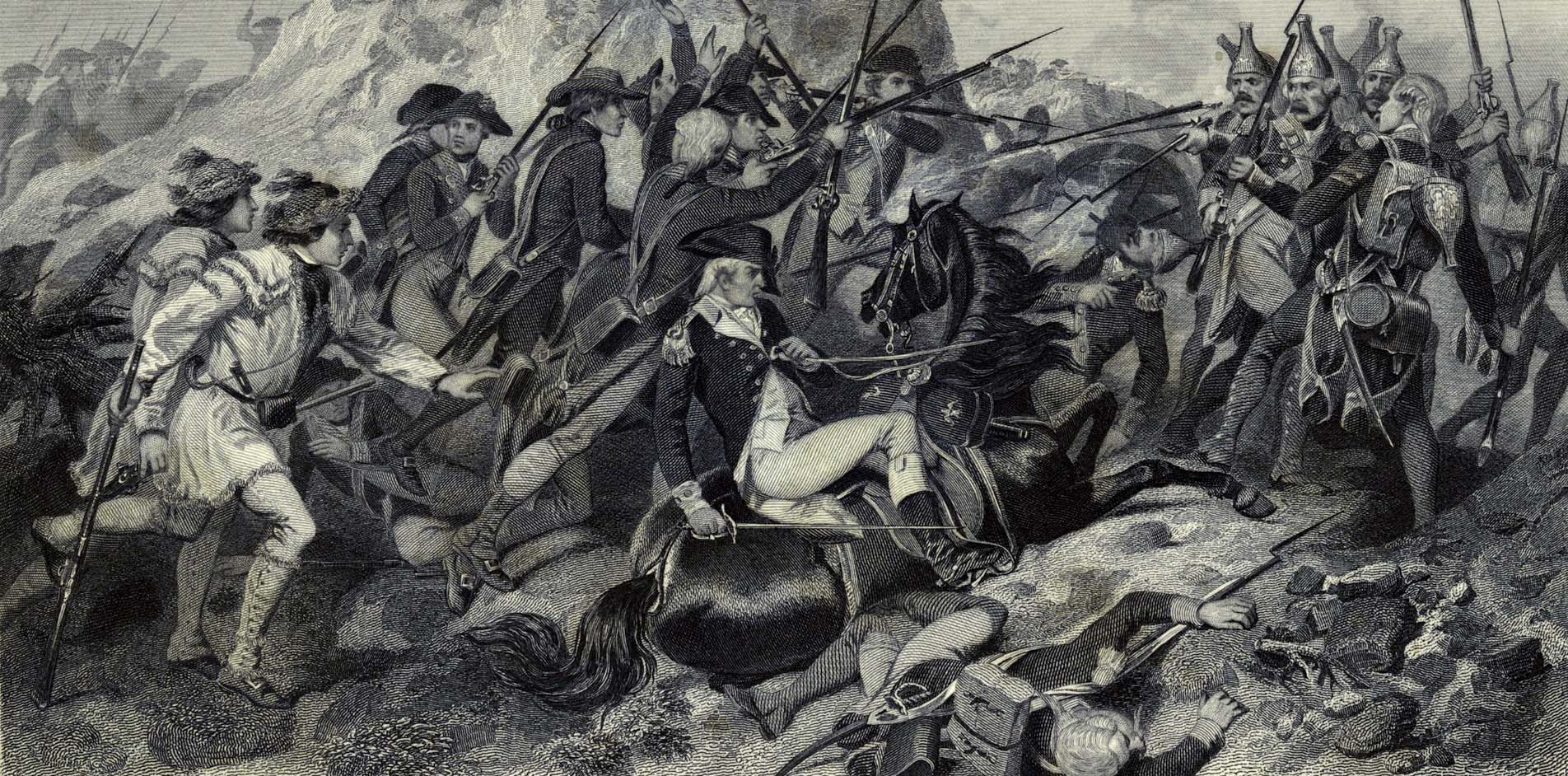
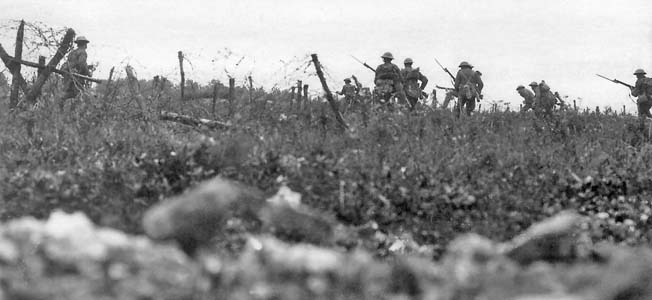
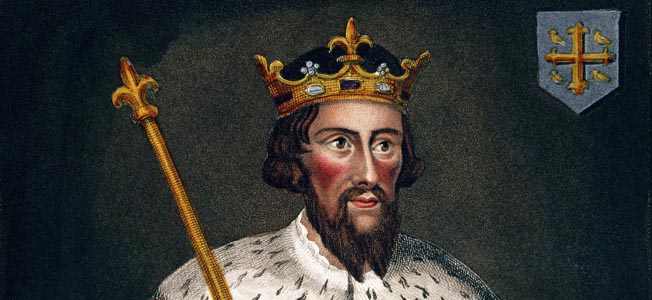
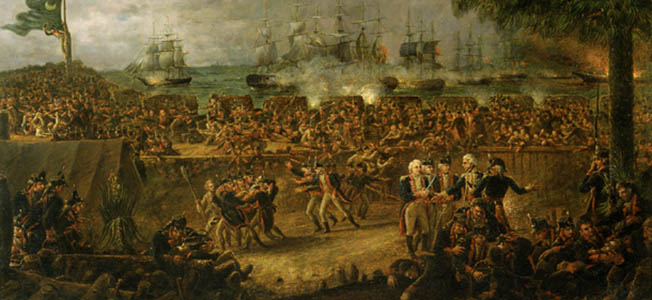
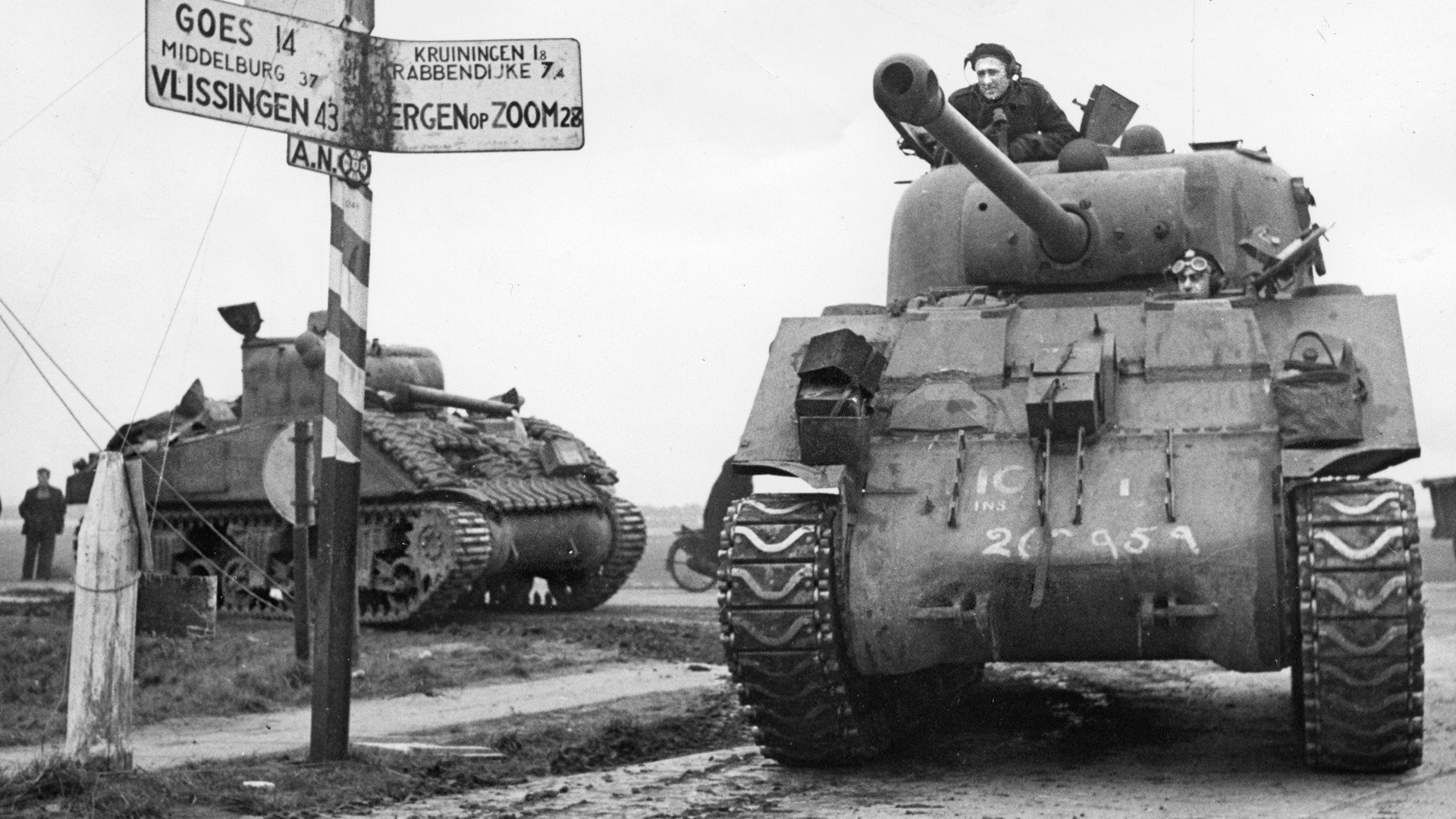
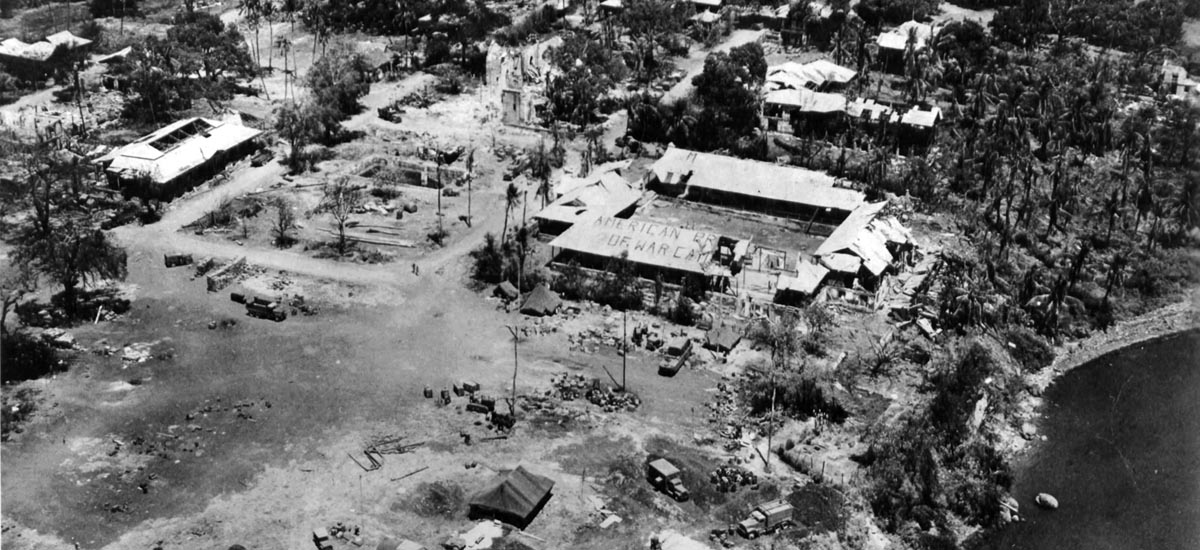
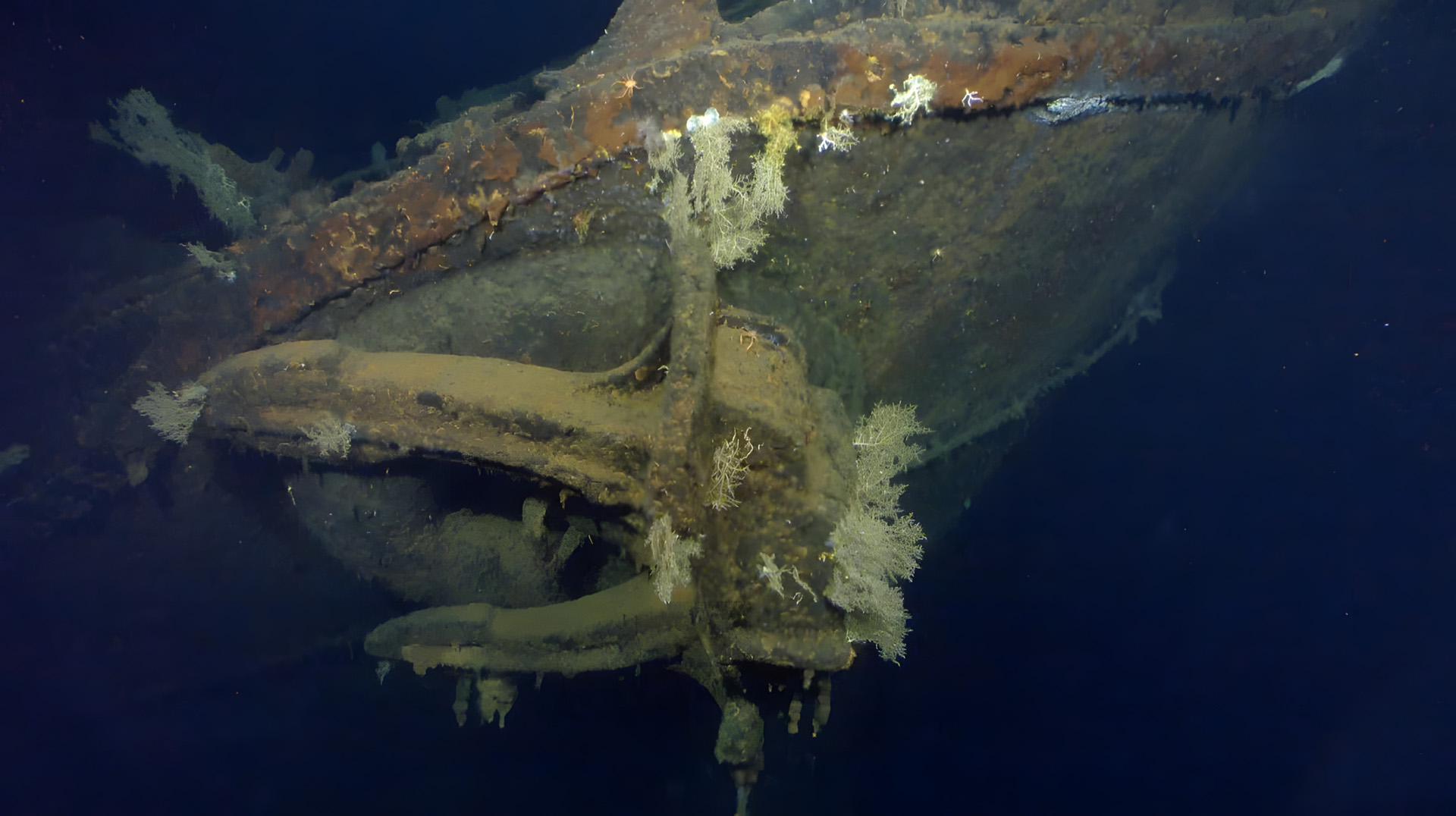
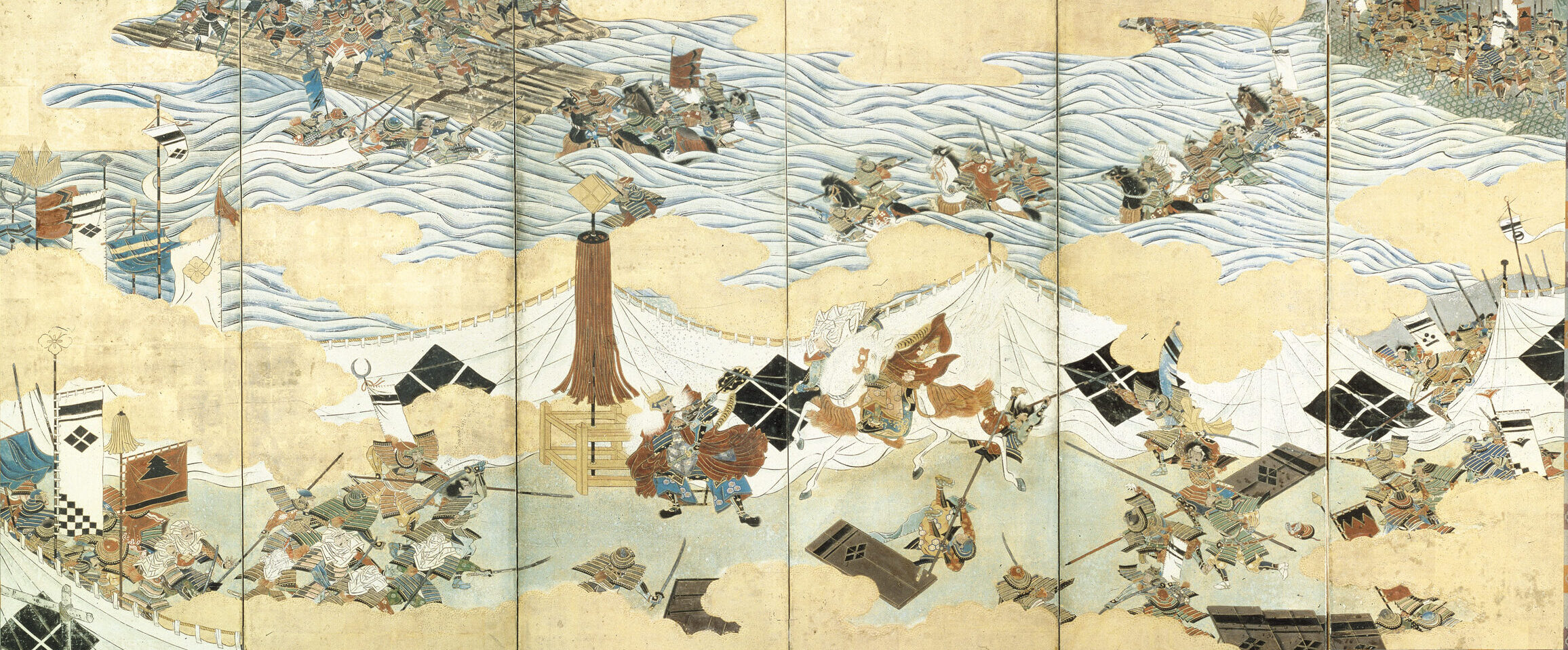
Join The Conversation
Comments
View All Comments